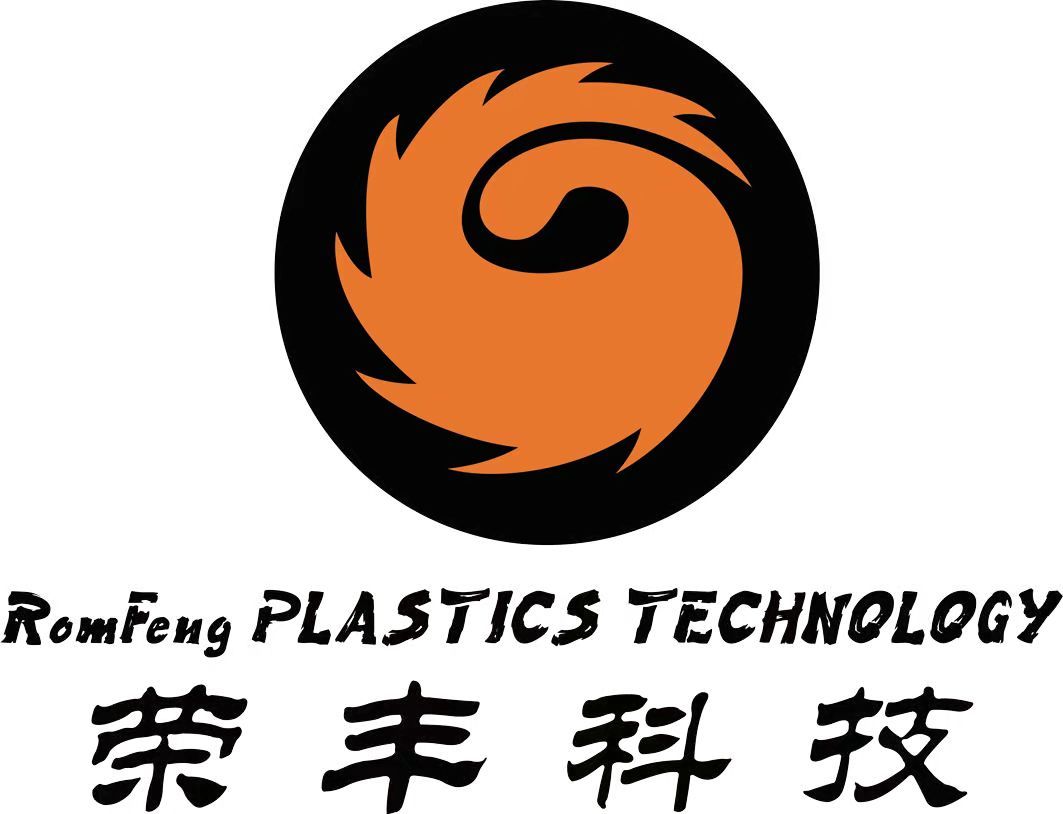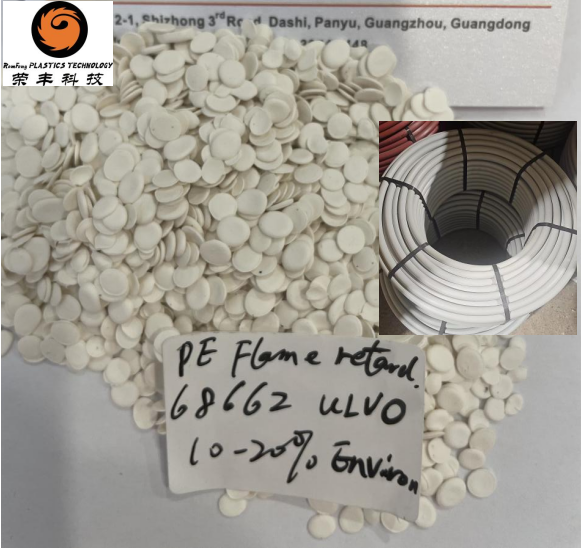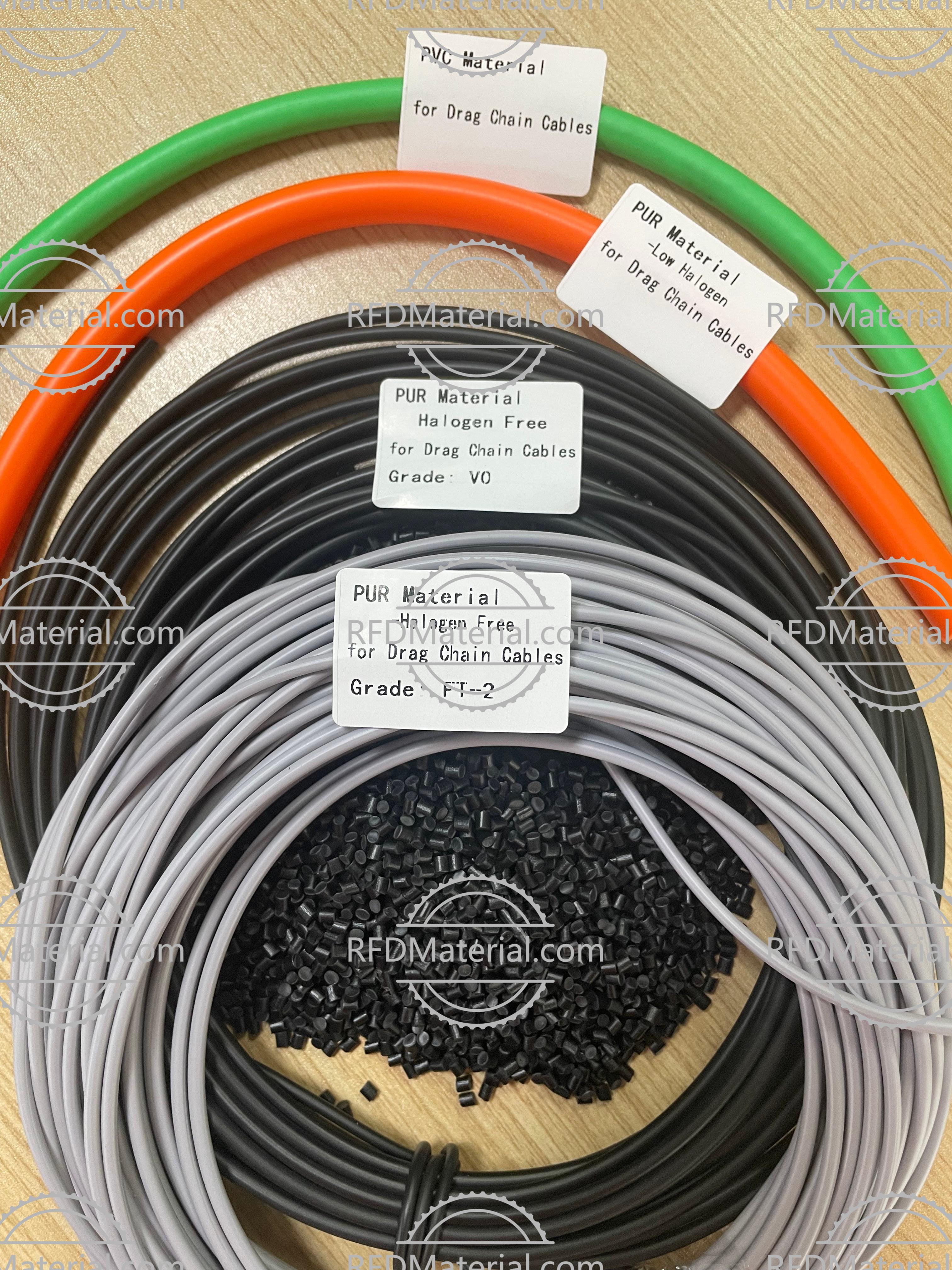3D Printing: A Game-Changer in Battlefield Equipment Maintenance
Release time:
2025-10-14 17:02
Source:
3D printing technology is revolutionizing military equipment maintenance, offering unprecedented solutions for battlefield repairs and logistics support. This additive manufacturing technique enables rapid response, lightweight production, and customized part fabrication, significantly enhancing operational efficiency.
Rapid Response and On-Demand Manufacturing
Traditional supply chains often take weeks or months to deliver replacement parts, while 3D printing can produce critical components in just hours. The U.S. Army has authorized battlefield commanders to approve 3D-printed part replacements, such as door handles for infantry vehicles or components for M howitzers, with thousands of parts proving "potentially better than original" in field conditions.
Lightweight Design and Performance Optimization
3D printing allows for complex geometries that reduce part weight by 30-50% while integrating multiple components into single units. Aircraft fuel nozzles manufactured this way eliminate connection points, improving structural integrity. China's J-20 fighter jet incorporates 3D-printed titanium alloy components that enhance maneuverability through weight reduction.
Customized Solutions for Specialized Needs
- Individual soldier equipment: Custom-fitted gas masks and weapon mounts tailored to each soldier's physiology
- Legacy systems: Cost-effective reproduction of obsolete parts, as demonstrated by the PLA's 3D-printed couplers that increased repair efficiency fivefold
- Special operations: Rapid production of drone components or tactical mines for mission-specific requirements
Tactical Revolution in Logistics
3D printing enables "distributed manufacturing" models that reduce reliance on traditional supply chains. Russian frontline units now repair dozens of items daily, while China's naval 3D printing systems allow for immediate part replacement like gear repairs.
As metal printing technologies mature, 3D printing is poised to become standard equipment for military maintenance, further shortening development cycles and lowering production costs.








